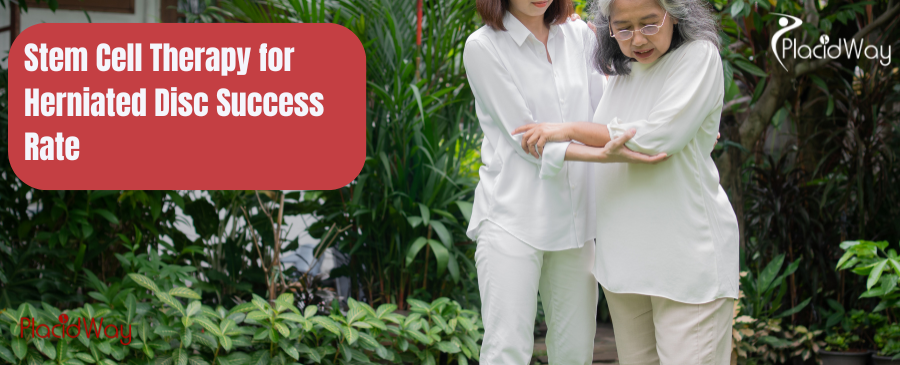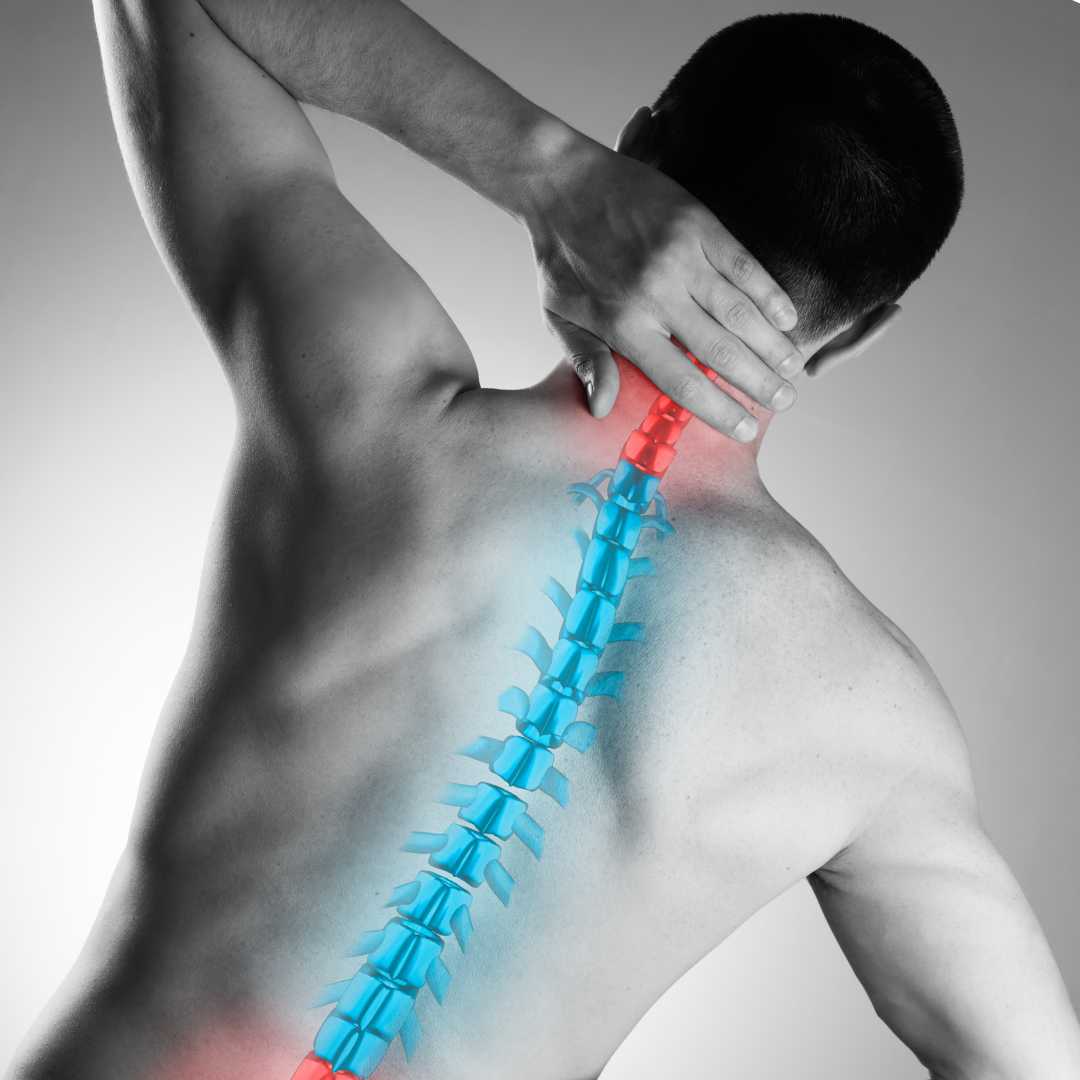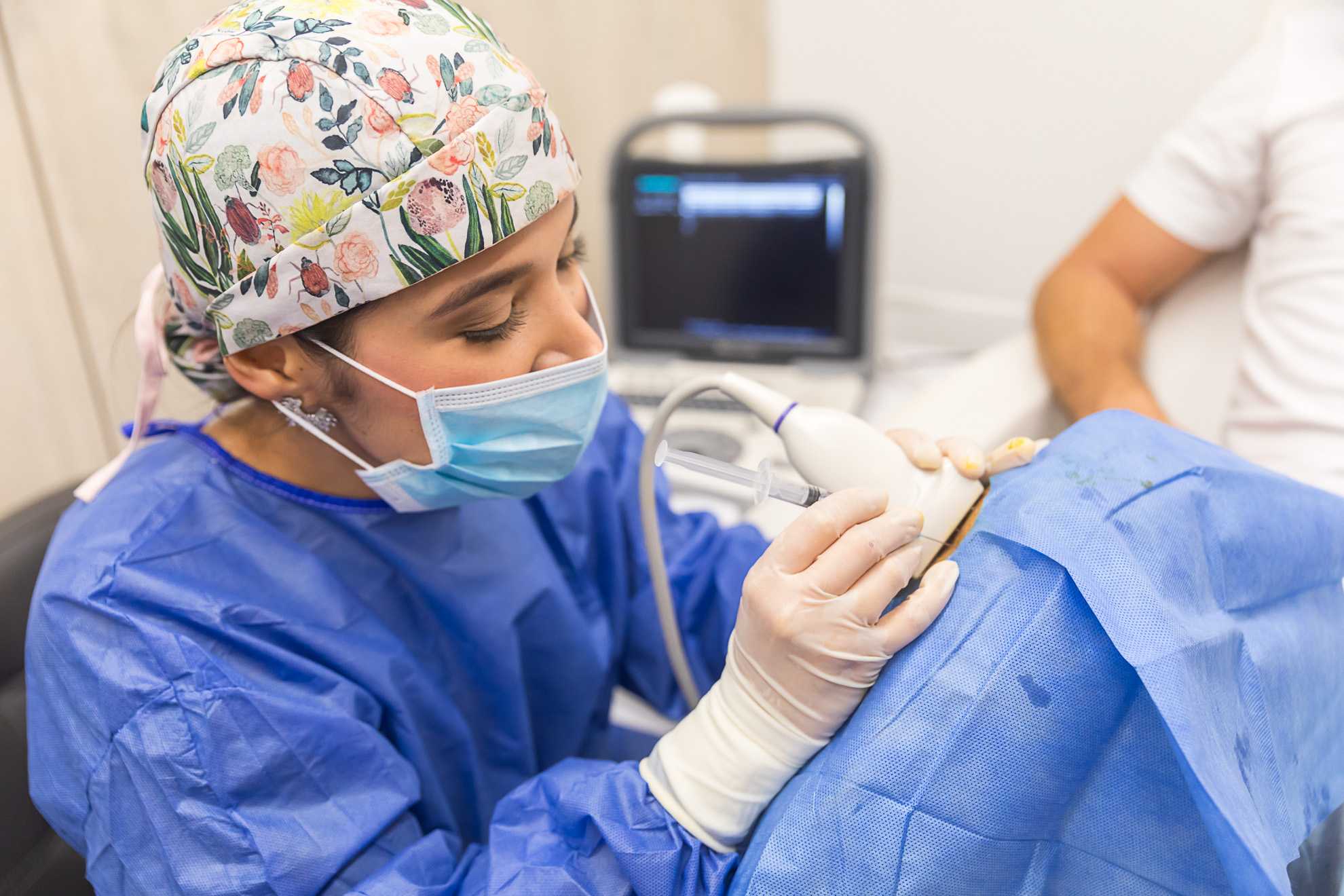Explore How Successful is Stem Cell Therapy for Herniated Disc

Stem cell therapy for herniated discs has shown success rates ranging from 60% to 80% in clinical settings, with many patients experiencing significant pain relief and improved disc function.
What is a Herniated Disc?
A herniated disc occurs when the soft, gel-like center of an intervertebral disc pushes through a crack in the tougher outer layer. This herniation can press on nearby nerves, leading to pain, numbness, or weakness in the back and limbs. Herniated discs are typically caused by disc degeneration, age-related wear and tear, or sudden injuries. Traditional treatments focus on pain management, but stem cell therapy aims to address the underlying damage in the disc.
How Does Stem Cell Therapy Work for Herniated Discs?
Stem cell therapy for herniated discs involves extracting stem cells from a patient’s own body (usually from bone marrow or adipose tissue) and injecting them into the damaged disc area. The primary goal is to harness the regenerative abilities of stem cells to reduce inflammation, encourage the growth of new, healthy cells, and aid in disc repair.
Stem cells have the ability to transform into different types of cells, including those found in disc tissue, and may help to restore the disc’s natural cushioning effect. Over time, this approach can potentially reduce pain and improve overall spine health.
Success Rate of Stem Cell Therapy for Herniated Discs
The success rates of stem cell therapy for herniated discs are promising, though they vary based on factors like the severity of the herniation, the specific type of stem cell used, and individual health conditions. Here are some general findings:
-
Success Rates Around 60-80%
Research indicates that stem cell therapy for herniated discs has success rates ranging from 60% to 80%. Many patients experience significant pain relief, improved mobility, and overall enhanced quality of life. These success rates mean that a majority of patients benefit from the treatment, although results vary. -
Pain Reduction and Functional Improvement
In clinical studies, a large percentage of patients report pain reduction, often within weeks to months of the procedure. Functional improvements, such as increased mobility and reduced reliance on pain medications, have also been observed, with most patients experiencing these benefits within 3-6 months post-treatment. -
Long-Term Outcomes
While studies are ongoing, many patients report lasting pain relief and improved disc function even years after treatment. Some studies suggest that stem cell therapy can delay or prevent the need for surgical interventions, making it a valuable option for those seeking alternatives to surgery.
Top Clinics:
- Sportmed Centro Medico (Guadalajara,Puerto Vallarta, Mexico)
- Dr. Omar Gonzalez Integra Medical Center (Nuevo Progreso, Mexico)
- MexStemCells Clinic (Mexico City, Mexico):
- Vega Stem Cell Clinic (Bangkok, Thailand)
- Alevy Stem Cell Clinic (Medellín, Colombia)
- Regencord - Stem Cell Therapies (Pereira, Colombia)
- Stem Cells Kyron Colombia? (Cali, Colombia)
- CellCenter (Bratislava, Slovakia)
Factors Influencing Success Rates
Several factors can impact the success rate of stem cell therapy for herniated discs:
-
Stage of the Disc Herniation
Patients with mild to moderate herniations often experience better results than those with severe or advanced conditions. The more disc tissue that remains intact, the greater the chance for successful regeneration. -
Type of Stem Cells Used
Mesenchymal stem cells (MSCs), often sourced from bone marrow or fat tissue, are commonly used for disc regeneration. MSCs have anti-inflammatory properties and the ability to differentiate into disc-like cells, making them ideal for this application. -
Patient Health and Age
Healthier patients and younger individuals generally respond better to stem cell therapy, as their bodies tend to have a stronger regenerative response. However, older patients also experience benefits, especially in terms of pain relief and improved mobility. -
Combination with Physical Therapy
Stem cell therapy is most effective when combined with a structured physical therapy program. Exercise and strengthening routines can help maximize the benefits of the treatment by improving spine stability and mobility.
Benefits of Stem Cell Therapy for Herniated Discs
Stem cell therapy offers several advantages over traditional treatments:
-
Minimally Invasive
Unlike surgery, stem cell therapy is minimally invasive, involving only injections rather than incisions. This results in lower risks, minimal downtime, and fewer complications. -
Potential to Heal and Regenerate
Stem cells work to repair damaged tissue rather than simply mask symptoms, potentially providing a more lasting solution to back pain. -
Reduced Dependency on Pain Medication
Many patients are able to reduce or eliminate their use of pain medications following stem cell therapy, as their underlying condition improves. -
Avoidance of Surgery
For many, stem cell therapy delays or even eliminates the need for back surgery, offering a non-surgical route to recovery and pain management.
What to Expect During Stem Cell Therapy
The process typically involves the following steps:
-
Consultation and Evaluation
A thorough consultation with a specialist determines if you’re a suitable candidate for stem cell therapy based on your medical history, condition, and treatment goals. -
Stem Cell Collection
Stem cells are extracted from your own body, usually from bone marrow or adipose (fat) tissue, in a quick and minimally invasive procedure. -
Injection into the Herniated Disc
The collected stem cells are processed and then injected directly into the affected disc using image guidance, ensuring precise placement. -
Recovery and Monitoring
After the procedure, you’ll likely be advised to avoid strenuous activities for a few days, though normal activities can often resume within a week. Follow-up appointments will monitor your progress and address any questions you may have.
Risks and Considerations
While stem cell therapy is generally safe, it’s important to consider:
-
Potential for Incomplete Relief
Although many patients experience significant improvements, complete relief is not guaranteed, and some may require additional treatments. -
Out-of-Pocket Costs
As an experimental treatment, stem cell therapy may not be covered by insurance, making it an investment in your health. -
Individual Variation
Results can vary, with some patients experiencing faster or more significant improvements than others.
Is Stem Cell Therapy Right for You?
Stem cell therapy for herniated discs is best suited for those with mild to moderate disc herniations who are seeking non-surgical options. Patients looking to avoid surgery, reduce dependency on pain medications, or explore regenerative treatment options may find it particularly beneficial. Consulting with a specialist in regenerative medicine is essential to determine if this therapy aligns with your goals and expectations.
Explore More on Stem cell therapy for herniated discs
Stem cell therapy for herniated discs is a promising alternative for those seeking relief from chronic back pain. With success rates ranging from 60% to 80%, this therapy has helped many patients regain mobility and improve quality of life. Although it’s not yet FDA-approved, ongoing research continues to show its potential as a powerful tool in back pain management. If you’re exploring options for herniated disc treatment, stem cell therapy may be a valuable path to consider.


.png)
.jpg)



.png)


.png)
.png)
.png)
.png)
